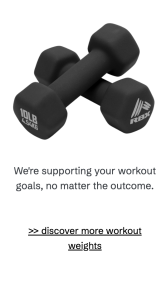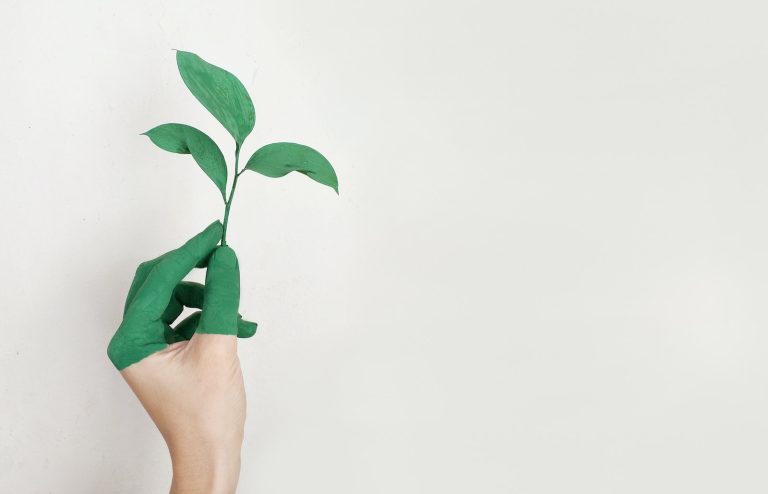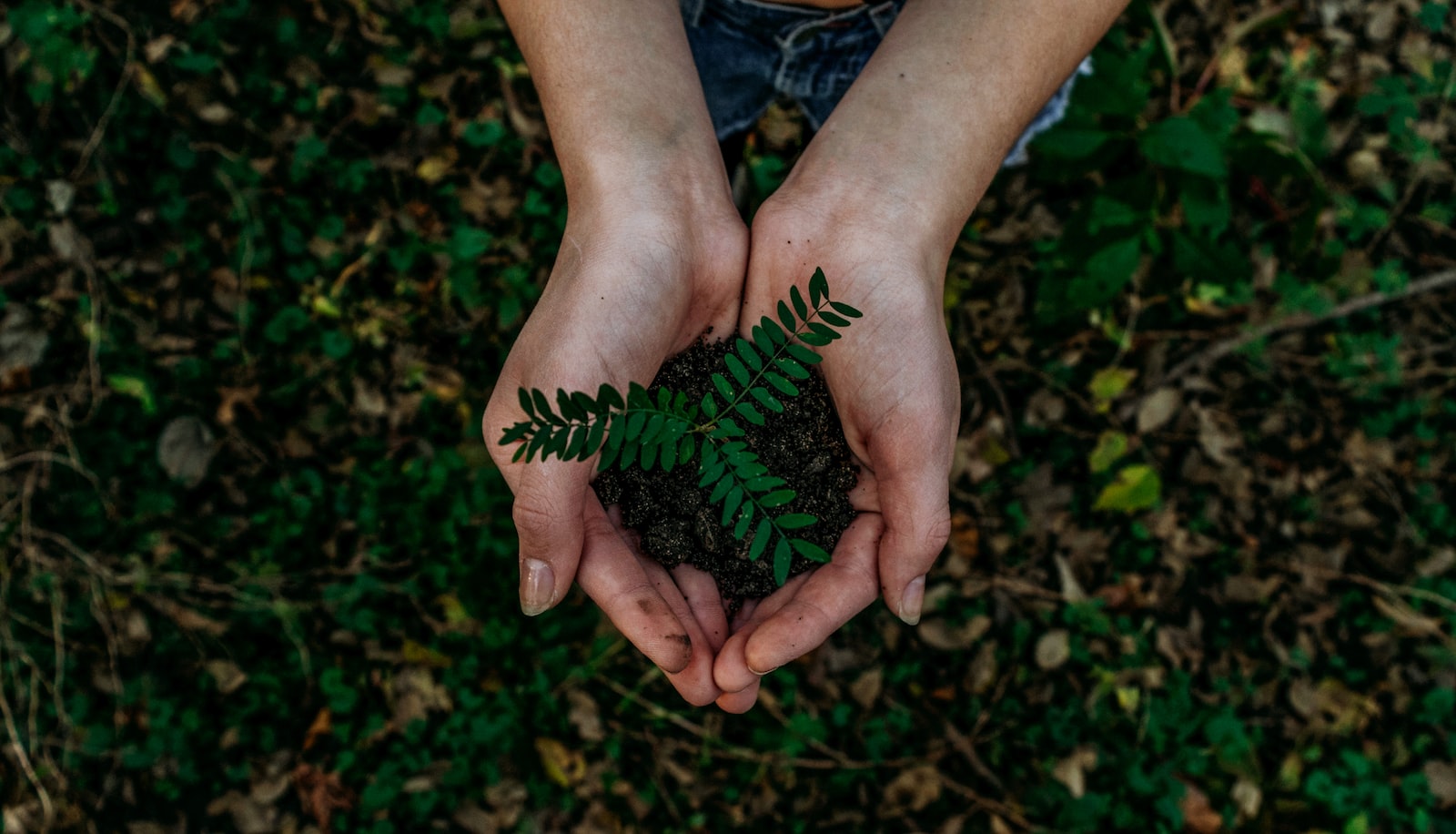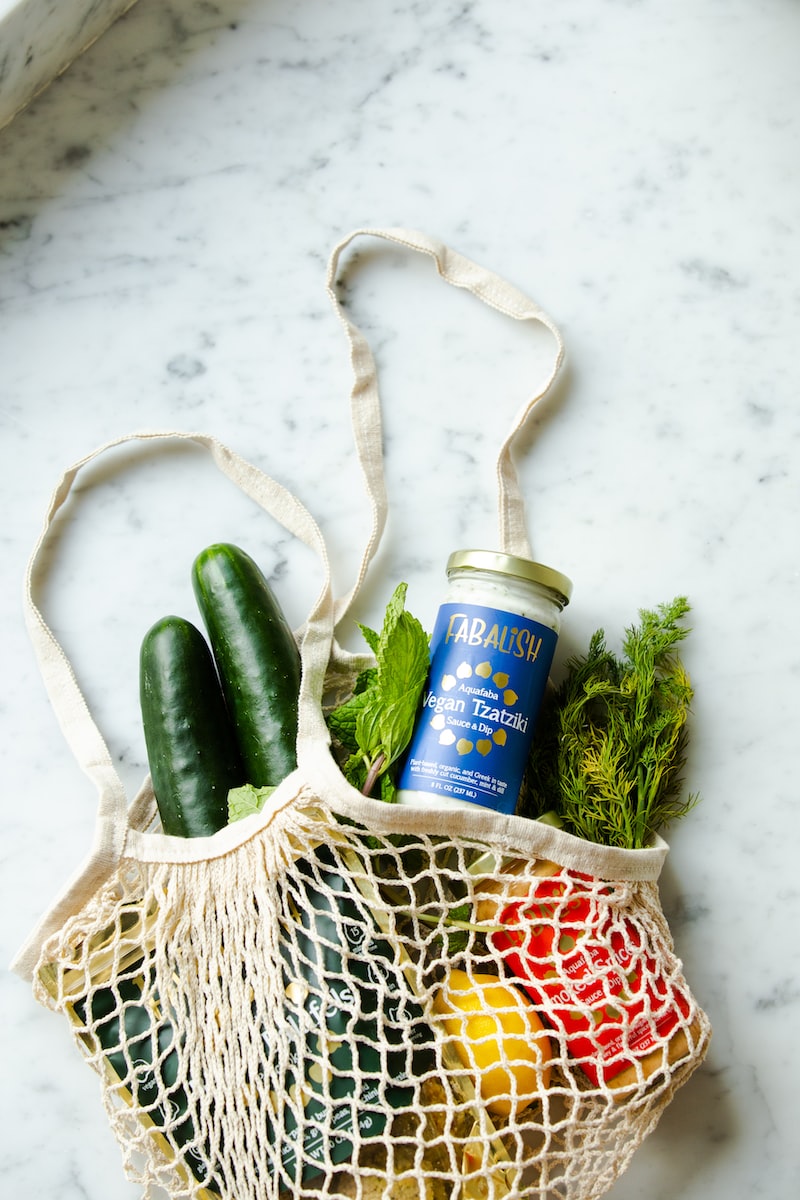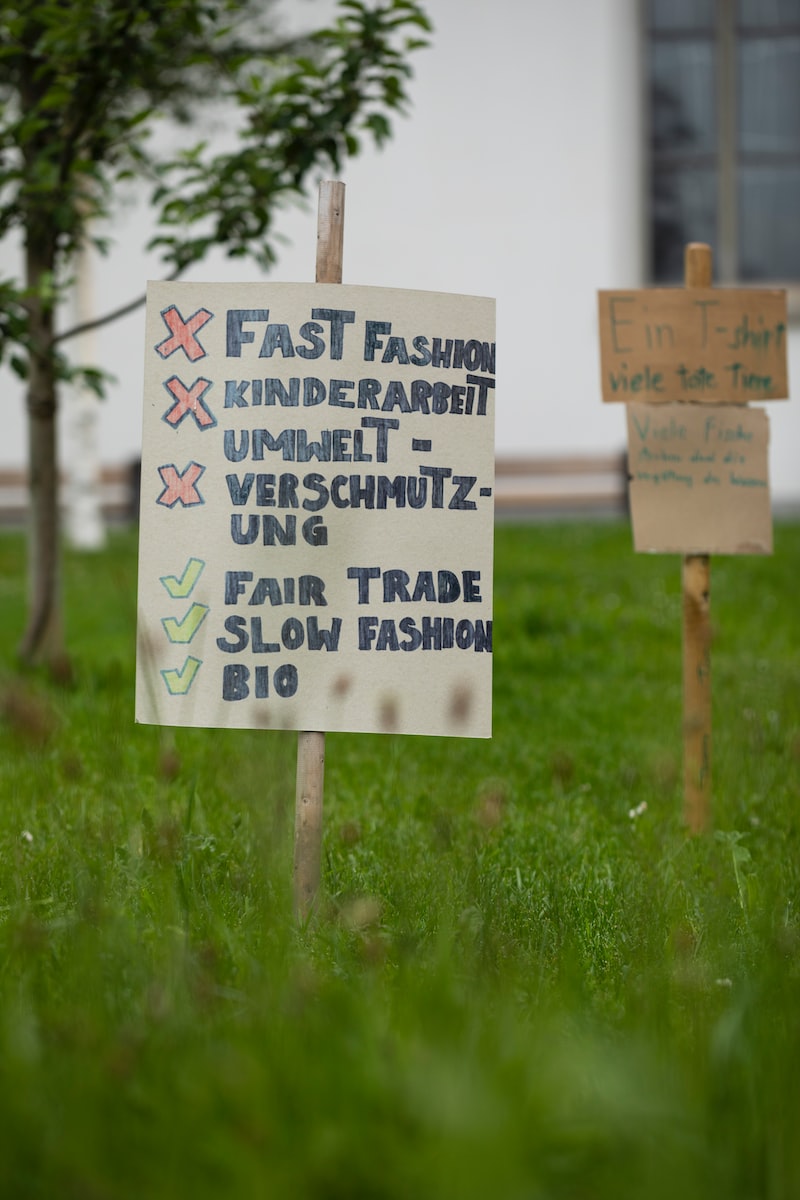Ah, January – the time of ambitious resolutions and packed gyms
(which is mysteriously empty by February).
Let’s be honest: Most New Year’s resolutions last about as long as a snowman in a sauna.
But this year, everything will be different! Why? Because we’re not trying to change our entire life overnight, but planning small, achievable steps.
The Reality Check: Why 2025 Must Be the Year of Change
While we shoot our New Year’s fireworks into the sky, global CO2 emissions reach new heights, our oceans are choking on plastic, and news sites are overflowing with alarm bells. But enough of the Negative Nancys – 2025 could be the year we not only live individual changes but also trigger systemic transformation together.
It’s great when we as individuals make our lives more sustainable. As a collective, we can really move the needle. Nevertheless, it’s a few industries, individuals, and states that need to rethink things to successfully mitigate climate change. The keyword? Structural Transformation and Solutions. We need systems and structures legally anchored in our society to accelerate positive change.
You don’t need to become the next Chancellor to advocate for these structural solutions. From local climate groups starting petitions for real climate protection, crowdfunding campaigns for innovative eco-projects, petitioning for better bike lanes, organising protests against Shein and Temu, completing an internship with a conservation program, or taking over a TikTok channel for an NGO – the possibilities are endless. And the best part? We’re not talking about impossible dreams, but concrete actions. Fridays for Future, Grandmas Against the Right, and many others are already showing the way!!
Your Opportunity for Systemic Change
Some of our favourites include, but aren’t limited to:
- Found/ support your local climate organisations
- Start petitions for climate protection laws
- Help crowdfund innovative sustainability projects
- Pressure companies to change through collective consumer behaviour
- Participate in democratic processes – YES, that means voting and choosing parties that take climate action seriously
- Give more visibility to NGOs and environmental organisations
- Donate to environmental projects if you can
- Your investments matter more than you think. Check if your ETFs are managed by a fund that uses its voting rights of shareholders to support sustainable initiatives or check the sustainability score of your bank.
The key is hope paired with action.
We are not powerless – we are the change!
Best Second-Hand Finds
In case you want to give your gym routine a good college-try 😉
Your Survival Guide for Sustainable Resolutions
Clothing Diet
No, this doesn’t mean you’ll be walking around naked in 2025. But maybe try:
- Not buying anything new for a month
- Organising a clothing swap party (Prosecco optional, but definitely helpful)
- Making second-hand your go-to choice for new purchases. And if you’re an online-shopper I’m convinced you’ll love Faircado – in my humble, unbiased opinion.
- Building a capsule wardrobe (fancy internet word for: less is more)
Food for Thought (and the Planet)
Your diet and eating habits have a bigger impact than you might think. Here are some ideas:
- Meal prepping. Saves time, money, nerves, and packaging waste (and you can do it even when giving up on your gym resolution).
- Seasonal calendar as your new favourite reading. Spoiler: tomatoes and berries in Winter aren’t trending – except you live in Australia.
- In case going vegetarian/ vegan isn’t an option for you, how about at least including a few veggie days per week?
- Become a food rescuer. Many supermarkets have discounts for food that’s going out of date or use apps like Too Good To Go to fight food waste and save some $$.
The Anti-Overwhelm Strategy
The most important tip for sustainable resolutions? Don’t overdo it! Rome wasn’t built in a day, and you don’t need to become a zero-waste influencer tomorrow. Instead:
- Choose one area that matters most to you
- Set realistic monthly goals
- Celebrate small successes (yes, even bringing a reusable cup to your coffee shop three days in a row!)
- Find a habit-buddy for accountability and support (plus, it’s more fun together)
- Don’t be too hard on yourself – perfection is so 2024
Your Concrete Annual Action Plan
And in case you hate planning – no shame, not everyone’s into creating excel sheets for fun – this is how an achievable and realistic yearly plan could look like.
January: Define your focus area and first actions and habits.
February: Incorporate your new habits slowly into your already existing routine.
March: Spring cleaning for your life – donate, swap, recycle, repair or resell any unused items.
April: Rethink mobility – Spring is the perfect time to for cycling (or walking, skating, running….)
May: Use your balcony, garden or windowsill and become a mini self-sustainer.
June – August: Use the summer months to shop less, strengthen your habits and enjoy the nature. Once fall comes around your new habits will be a fixed part of your routine already.
September: Check-in: What works, what doesn’t? Use Q4 to incorporate these realisations.
October – December: Celebrate your successes. Focus on maintaining your sustainable routine, so when the new year comes around your new routine’s so firmly established you won’t need a goal for it anymore!
Wanting to act more sustainable is something we applaud, but we know it’s not all unicorns and sunshine (believe us, otherwise anyone would do it). You’re already trying your best, so try and leave all the perfectionism, eco-stress, guilty conscience and expensive “sustainable products” (the best way to be sustainable is to buy less btw) at the door.
If you have any tips on how you managed to incorporate a sustainable habit or want to share your sustainability goals with us, we’d love to hear from you and support you in the process.
Like a unicorn, I’m off to spread magic elsewhere
your Faircado team
Are you enjoying our newsletter? Then, make sure to sign up and get them straight in your inbox every few weeks.

